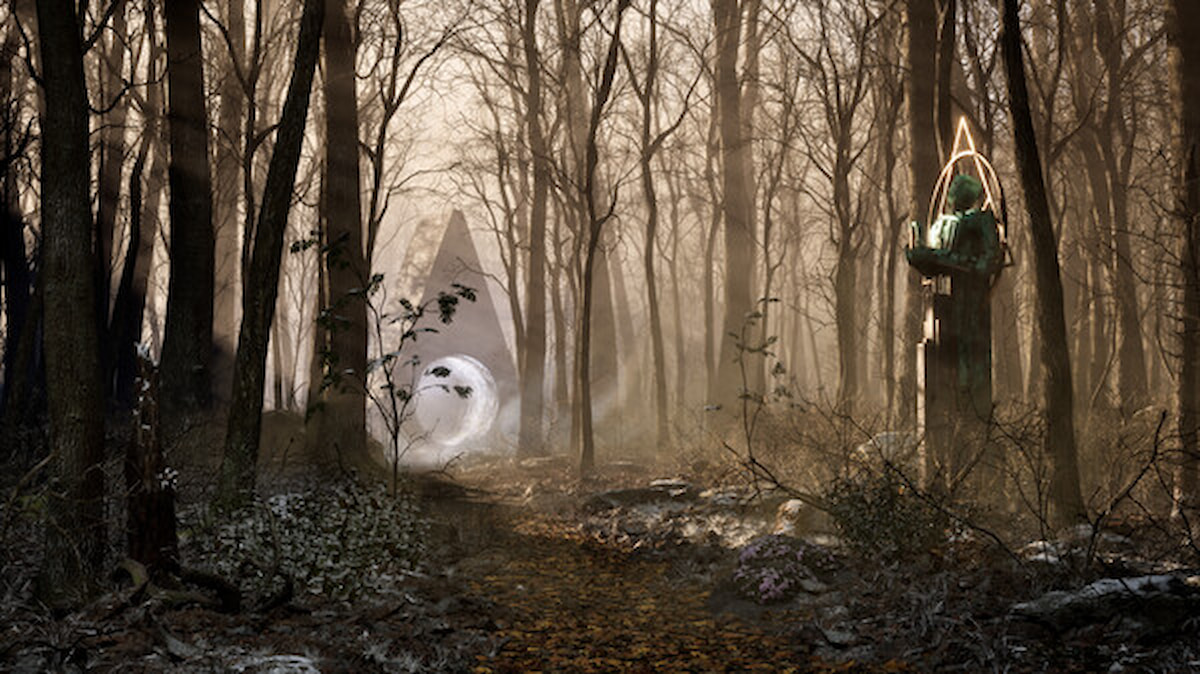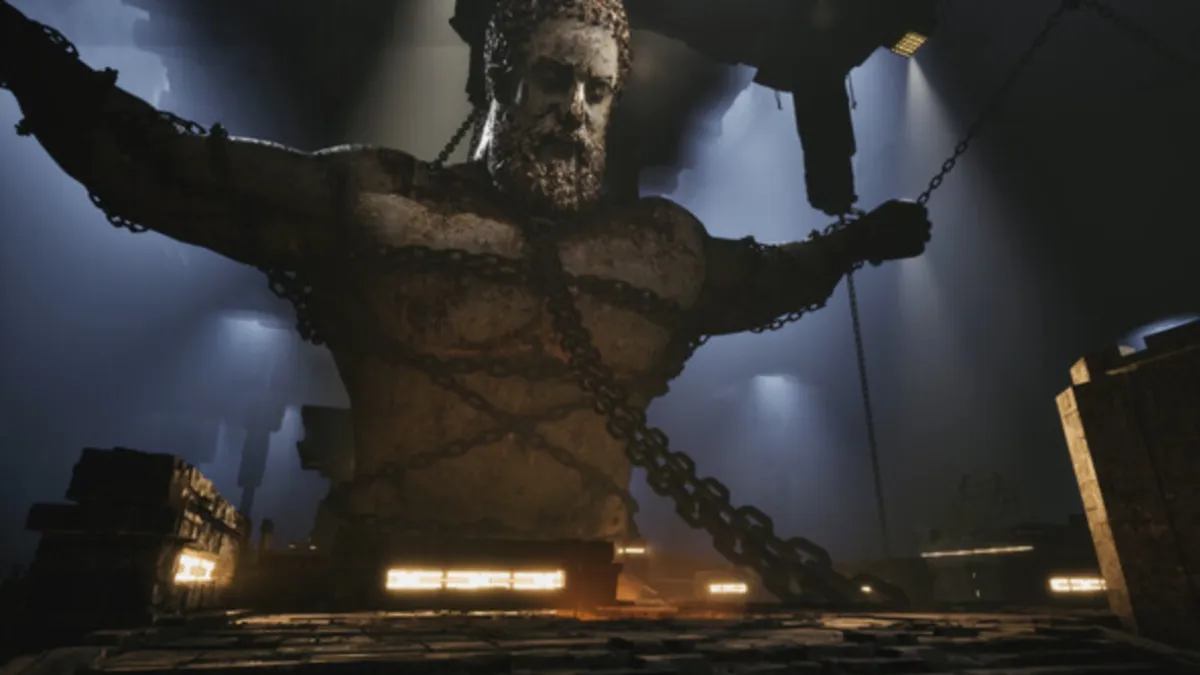The Talos Principle 2 is a sci-fi adventure puzzle game that takes the original to a brand-new level entirely — but was the quest for the flame worth it? Here’s the full review for The Talos Principle 2.
For this review, we’ll be building off of the early impressions review. You can read that for a more detailed explanation of the game and its predecessor, as well as thoughts on the legacy established between both titles.
The gameplay

As said before, The Talos Principle 2’s gameplay is simple, and really what it needs to be for the type of game it is. I’m still fairly mixed on the puzzle layouts and design philosophy — there are some sections of the game where I quite enjoyed myself with the puzzles and found them fun and creative. Others were still a “bashing my head against the wall” sort of experience.
I think overall, the ratio of head bashing went down quite a bit as the game progressed, and more things felt intuitive to figure out — or at least a measure of my own stupidity for not considering. It was satisfying each time I worked through a puzzle without being too stuck on it for an hour. But even still, moments of feeling your mind turn to mush as you can’t figure it out disrupt the flow of satisfaction. The open-world exploration and secrets to find still help with this, at least.
I maintain that I prefer the puzzle design of the Portal series to this game, but I really enjoyed some of the unique puzzle mechanics that appeared later in the game. The Talos Principle 2 knows how to introduce just enough elements to a puzzle to not clog it up with too many moving parts. If anything, it’s a lot easier to overthink puzzles that you realize are far simpler the second time. For that, I still think this game is the most fun to play if you either have friends to help you through puzzles who generate fun commentary, or a walkthrough so you don’t sacrifice momentum when you’re stuck.
Graphical and technical

The game is still gorgeous with varied environments past the ones seen in the demo. My favorite area ended up being on a snowy mountain because the atmosphere of it just struck me. This game really knows how to do environments. Sometimes you can even find animals and watch them run off or chase them, which is a fun little addition that serves to add to the overall theme of the game about how to live in harmony with nature.
There were still some occasional subtitle errors, but the only visual problem I ran into this time was managing to clip out of the map once. Thankfully, there’s a way to get back on it, or else I’d have been stuck.
The story

The core story of the game is simple when you break it down: it’s a conflict of the risk of progression as a species versus the safety and stagnation of complacency. The characters pose many arguments and questions for and against both, but it’s up to you as the player character to ultimately choose for yourself and everyone else. The deeper questions at play here, like if it is even possible or preferable to stop expanding and growing, if history is a fixed cycle of extinction and rebirth, and if it is truly possible to conquer both extinction and excessive growth to find a balance — they’re definitely interesting to me.
I’d say they’re explored in satisfactory depth, I just feel personally there was potential for even more. I very much liked the characters in the game and enjoyed seeing their deeper aspects unfold over the course of the narrative. A lot of who they are is tied to both their beliefs and the experiences they endured. I just really wanted even more of that, and more from the New Jerusalem social media and citizens and sidequests involving the city and its politics. I think the puzzle-centric nature of the game would be less selectively infuriating if there was more time I could spend taking a break and doing content that doesn’t involve puzzles. A balanced story between the expedition into the wilderness and New Jerusalem would’ve benefited the game best, I think.
I still love the worldbuilding. Some of the later additions focus on the implications of being robots in ways that add much-needed underlying horror.
Endings
The endings are what I’ve come to expect is typical of The Talos Principle now. There will be a few, but one will likely end up canon with the next game if it comes, and some will feel dissatisfying on purpose while the canon ending has the most depth. I would’ve liked to see more of the repercussions of our choices, but that’s likely for another game — if one is made.
Overall, I still maintain that I liked the story, characters, and world that motivated me to bear with all the puzzles in the game to see the mysteries unfold. I feel it would’ve been possible to go deeper with it and explore even more. It’s not by any means lacking in depth, but with the care put into it already, the thought comes to mind. Perhaps my wanting more means they did what they should’ve.
A synthetic gem of a puzzle experience
In short, The Talos Principle 2 is a pretty good game. I enjoyed my time with it and I’m not dissatisfied. Whether it’s truly extraordinary or anything like that is in the eye of the beholder, but it’s absolutely a worthwhile experience. If you like puzzle games, you’ll like it. If you don’t, you’ll probably still like it if you put on a walkthrough, as long as you find philosophical and existential themes with a cast of robots an appealing premise. And who doesn’t, really?
Perhaps watch someone play it for a while and judge for yourself if you like it based off of that. And if you do decide to embark on the journey for the flame, may the walkthroughs or sheer determined willpower guide you.
More Talos Principle 2 articles
- Deep, well-explored philosophical story
- Nuanced characters
- Incredible worldbuilding
- Beautiful graphical style
- Creative puzzles
- Some bizarre and nearly impossible to follow puzzle logic
- Narrative may leave some dissatisfied
- Often a chore to play without a walkthrough








Published: Nov 2, 2023 03:04 pm